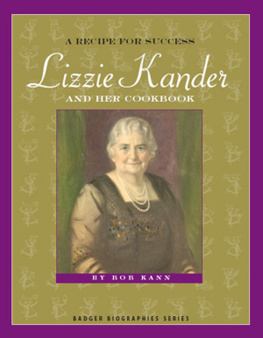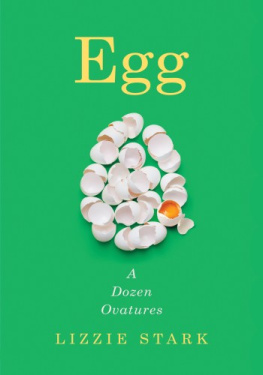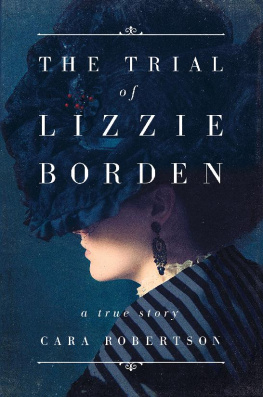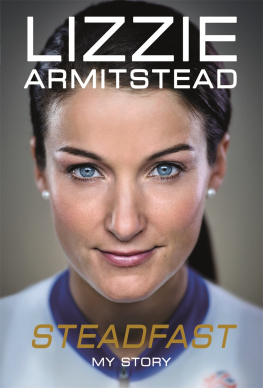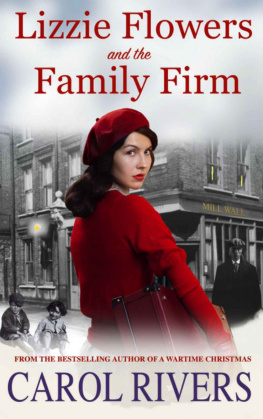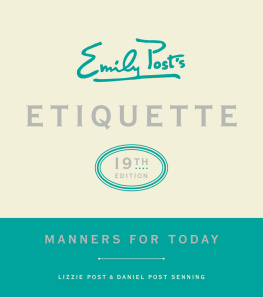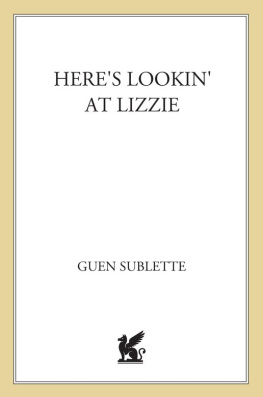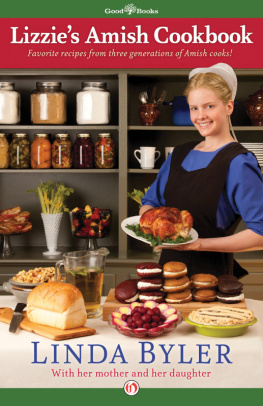
Other Badger Biographies
Belle and Bob La Follette: Partners in Politics
Blue Jenkins: Working for Workers
Caroline Quarlls and the Underground Railroad
Casper Jaggi: Master Swiss Cheese Maker
Cindy Bentley: Spirit of a Champion
Cordelia Harvey: Civil War Angel
Curly Lambeau: Building the Green Bay Packers
Dr. Kate: Angel on Snowshoes
Father Groppi: Marching for Civil Rights
Frank Lloyd Wright and His New American Architecture
Gaylord Nelson: Champion for Our Earth
Harley and the Davidsons: Motorcycle Legends
Joyce Westerman: Baseball Hero
Les Paul: Guitar Wizard
Lucius Fairchild: Civil War Hero
Mai Yas Long Journey
Mary Nohl: A Lifetime in Art
Mountain Wolf Woman: A Ho-Chunk Girlhood
Ole Evinrude and His Outboard Motor
A Recipe for Success: Lizzie Kander and Her Cookbook
Richard Bong: World War II: Flying Ace
Tents, Tigers, and the Ringling Brothers
A RECIPE FOR SUCCESS
Lizzie Kander
and Her Cookbook
BY BOB KANN
WISCONSIN HISTORICAL SOCIETY PRESS
Published by the Wisconsin Historical Society Press
2007 by the State Historical Society of Wisconsin
E-book edition 2014
For permission to reuse material from A Recipe for Success: Lizzie Kander and Her Cookbook (ISBN 978-0-87020-373-2, e-book ISBN 978-0-87020-516-3), please access www.copyright.com or contact the Copyright Clearance Center, Inc. (CCC), 222 Rosewood Drive, Danvers, MA 01923, 978-750-8400. CCC is a not-for-profit organization that provides licenses and registration for a variety of users.
www.wisconsinhistory.org
All artifacts photographed by Joel Heiman unless otherwise indicated. On page 62, Dover egg beater is WHS Museum 1974.240.48; double boiler is WHS Museum 1973.60.47; and angel food cake pan is WHS Museum 1964.14.4.
Photographs identified with PH, WHi, or WHS are from the Societys collections; address requests to reproduce these photos to the Visual Materials Archivist at Wisconsin Historical Society, 816 State Street, Madison, WI 53706.
Cover design by Nancy Zucker
Text design by Jill Bremigan
The Library of Congress has cataloged the printed edition as follows:
Kann, Bob.
A recipe for success : Lizzie Kander and her cookbook / by Bob Kann.
p. cm.
Includes index.
ISBN-13: 978-0-87020-373-2 (pbk. : alk. paper)
ISBN-10: 0-87020-373-8 (pbk. : alk. paper)
1. Kander, Simon, Mrs.--Juvenile literature. 2. Food writers--Wisconsin--Milwaukee--Biography--Juvenile literature. I. Title.
TX649.K36K36 2006
641.5092--dc22
[B]
20060169
Front cover: Portrait courtesy of Milwaukee Jewish Historical Society.
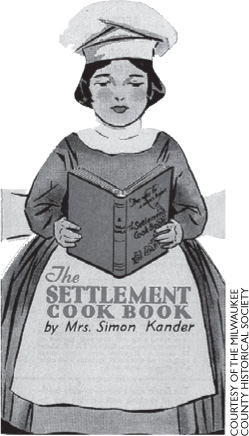
This book is dedicated to my mother and
my father. You always made sure there
was good food on the table and love in
our home that I could count on.

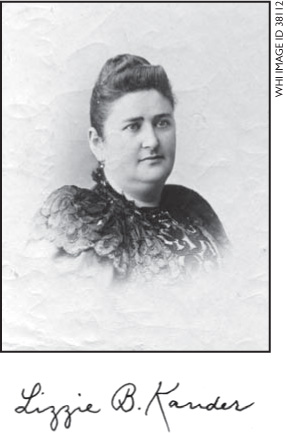

Contents
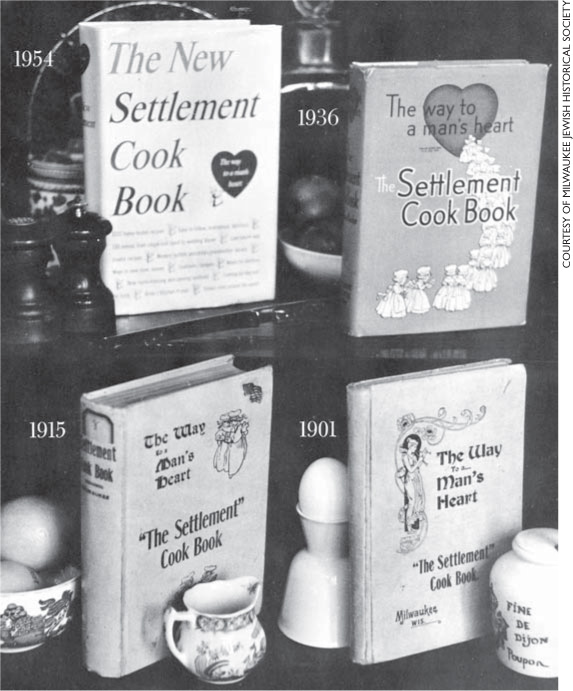
Cookbook covers from 1954, 1936, 1915, and 1901
Introduction
Meet Lizzie Kander

How many cooks does it take to screw in a light bulb?
One, but she has to have the right recipes to do it.
What does it take to change the lives of millions of people? Inventing something like the light bulb or the computer? A magic wand? Not always. Lizzie Kander did it with a cookbook. It was a very special cookbook, though. All cookbooks include recipes, but Lizzies unique cookbook also offers advice on feeding a family, instructions for setting a table, and tips for removing stains. Best of all, it has raised millions of dollars to help children who live in Wisconsins largest city, Milwaukee.
Cook Book vs. Cookbook
Throughout A Recipe for Success, you may notice that both the words cook book and cookbook are used. When Lizzie first started her cooking classes, books containing recipes were called cook books, but the words gradually became one word. This has happened with many other words in the English language, such as today and alright.
Lizzie did not plan on writing the most successful cookbook in history, The Settlement Cook Book. She couldnt have imagined that the recipes used in her cooking classes would put good food on millions of tables around the world for more than 100 years. Perhaps your parents or your grandparents even have Lizzies book in their kitchen. Why did Lizzie write it?
In 1901, Lizzie taught cooking to high school-age girls. The food, yet have it attractive and inexpensive, as we prepare it in America, Lizzie said.

Jewish people came to the United States from countries in eastern Europe, such as Poland and Russia.
During the day, the girls went to school or worked at a job. Late in the afternoon, they attended Lizzies cooking classes. For their own safety, they needed to return to their homes before dark because city streets could be dangerous, even back then. Because copy machines and computers hadnt been invented yet, the girls spent a lot of their time just writing down Lizzies recipes from the chalkboard. Lizzie came up with the idea to publish a cookbook of her recipes so the girls would not waste their time copying them. Then they could safely get home.
This book tells the story of Lizzie, the cookbook she created, and how she helped immigrant Jewish families in Milwaukee. Most of the people Lizzie helped were poor. They had moved to America to make a better life for their families. Just like immigrants today, they arrived in America needing help with many new things: learning English, getting to know about the clothes we wear, the foods we eat, and the laws of our country. For more than 60 years, Lizzie helped new families in many different ways.
Lizzies main goal was to make life better for the people in her community. During her lifetime, Lizzie was an author, a teacher, a newspaper columnist, a school and public playground. But she is most famous for her cookbook, which has sold more than 2 million copies and is still raising money to help children in Milwaukee today. Why did Lizzie devote her life to helping other people, especially those who were poor? Her story begins in 1858, shortly before the beginning of the American Civil War.


